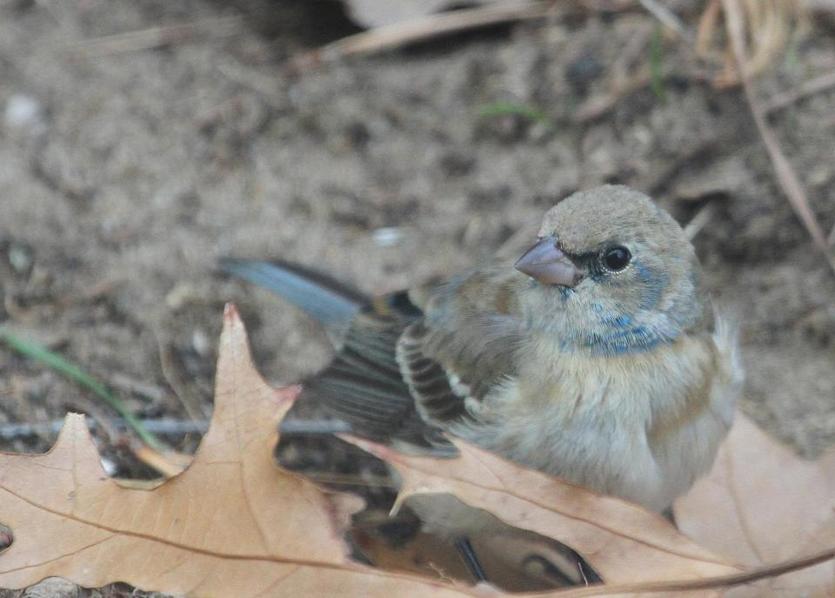In previous posts here I’ve asked “How many rare birds do we miss?” and the related question “How many rare birds do we find?” Several recent rare bird discoveries provide a good chance to revisit these questions.

Consider these recent discoveries:
- While driving home on New Year’s Eve, 2011, a resident of Cape Ann, Massachusetts photographed a Purple Gallinule as it stood in the road, illuminated by the headlights of his car. Even on heavily-birded Cape Ann, this bird was not seen for over seven weeks until February 23, 2012 when, remarkably but sadly, it turned up dead in the middle of the same observer’s backyard!
- Florida’s seventh Neotropic Cormorant was found on January 23, 2012, in a nesting colony. It was apparently paired with a Double-crested and feeding a weeks-old youngster, and to be at that stage of the nesting cycle it must have been present for at least eight weeks before discovery.
- Maryland’s first Virginia’s Warbler was identified February 15th, 2012. What was presumably the same bird had been seen (but not positively identified) at the same location on January 26th, 2012 – 20 days earlier.
- The third Lazuli Bunting ever found in Massachusetts showed up at the feeders at Wellfleet Bay Wildlife Sanctuary on Cape Cod February 4th, 2012. Like many birds, the migratory urge in buntings is controlled by hormones, and during December they settle into their winter homes. It’s likely that this bird had been present on Cape Cod for at least six weeks, enjoying the mild winter in one of the many weedy thickets nearby, and was only discovered when it found its way to the well-watched feeders at the Mass Audubon sanctuary.
When I wrote about these questions before I concluded that birders probably find well under 10% of all the rare birds that are out there. If each of the birds described above was present for about 60 days before discovery, that translates to less than a 2% chance of being found on any given day. Admittedly, these are some inconspicuous species. A flamingo or a Snowy Owl probably would have been found a lot sooner, but the bottom line is that even in late February, there’s a good chance that right now, somewhere near you, there is a rare bird just waiting to be discovered.


Maryland’s first Pink-footed Goose was found Monday by a birder who got lost, picked a random road to turn around on, decided to scan a flock of Canada Geese, and happened to focus immediately on the Pink-footed Goose.
I suspect even the vast majority of irruptive Snowy Owls in the lower 48 this season are being missed (just my guess)… and I’d certainly agree that well over 90% of rare songbirds and woodland birds especially, go undetected; on any given day so very little of the country is observed by birders. On the bright side, when a rare bird is found, news of it has never before traveled farther and faster!
A couple years ago I found a Painted Bunting on one of the uninhabited southern islands of Nunavut, Canada. I was working on a research project, and found the bird about a kilometer away from camp. We got very excited, took some pictures and within half an hour the bird was gone. We didn’t see it again. I have always thought how remarkably lucky we were to have it turn up on the same shore we were on, but it made me wonder just how many other birds were missed in the sparsely populated north.
David, Arizona has had its 1st and 2nd records for Common Redpoll in the last two weeks.
The first was in an extremely remote part of the state which is virtually never birded, and was found simply because there happens to be a very good birder who is out regularly doing condor field work up there.
The second was found as part of the Great Backyard Bird Count by a casual birder who had considered redpoll but looking at the range maps ruled it out and reported a Chipping Sparrow. Fortunately the photos he took came to me and I was able to help with the ID. Next they’ll go to the Arizona Bird Committee.
Either one of these birds could have slipped by VERY easily.